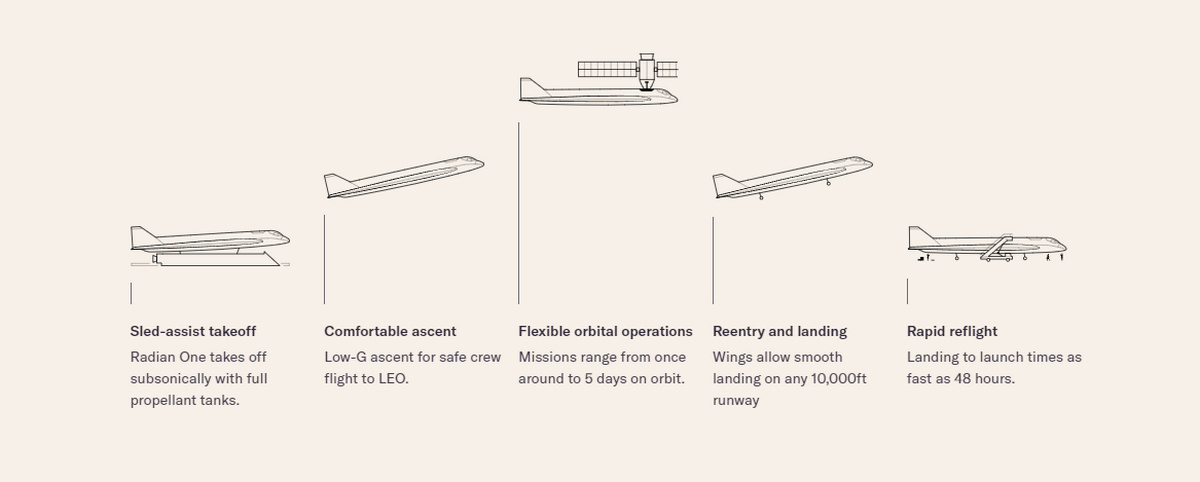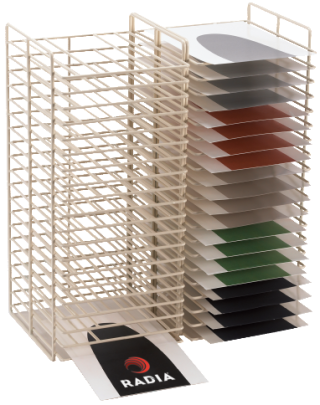

We plan to improve Radia in this respect in future versions.
Radia aerospace code#
For example, one roughly needs 50 (13) MB of memory to solve a geometry made of 1000 (500) elements (which roughly corresponds to 20000 elements in a FEM code for a similar precision on the field). In the present version of Radia, the memory required scales proportionally to the square of the number of elements. The essential drawback of Radia compared to a FEM code is the fast divergence of memory required for a given number of elements.In fact, a hybrid undulator can be created and solved using no more than 20 lines of Mathematica code. The geometry creation is much simpler.In other words, accurate predictions of the magnetic field integrals are possible with Radia (eventhough it may require a large segmentation of the iron ), which are practically impossible with FEM codes. It is easy to refine the segmentation until the computed field integrals are stable. The precision on a field integral computed with Radia only depends on the level of segmentation of the iron but not on the field sampling and boundary conditions at infinity as it is the case with FEM codes. This might be one of the most significant advantages of the Radia over a FEM code. Field integrals can be computed using analytical formulas.Once the Relaxation is done, the magnetic field and field integrals can be computed anywhere in space whatever the distance to the field-producing objects.For example, the peak field of a hybrid undulator can be obtained with a precision better than 1% in less than 10 seconds on a PowerMac 4400, while it would take a few minutes with a FEM code. The CPU time required is also typically 20 times smaller. The number of elements required for a given precision on the prediction of the central field of an undulator is typically 20 times smaller in our approach than with a FEM code.

Geometries opened to infinity are more easily simulated.This has a number of important consequences: In this approach, one applies some kind of segmentation to the field-producing objects (typically iron) but, contrary to the FEM approach, one does not need to mesh the vacuum.

The final magnetization in each small object is obtained iteratively, by a sequence of multiplications of the Interaction Matrix by instant magnetizations vector, taking into account the material properties. We call this a Relaxation procedure.

The solution is performed by building a large matrix in memory which represents mutual interactions between the objects. Each object can be subdivided into a number of smaller objects for which one tries to solve for the general problem in terms of the magnetization. Volume objects are created, material properties are applied to these objects. The method used in Radia belongs to the category of boundary Integral Methods and differs strongly from the Finite Element Methods (FEM). We are therefore convinced that by an efficient use of Radia one can design nearly any permanent magnet undulator or wiggler ab-initio, including the central field as well as the extremities. A large number of predictions made by Radia concerning the magnetic field and field integrals were verified on real insertion devices after manufacture. All ESRF Insertion Devices built since 1992 have been designed using this code or its earlier versions. The code has been extensively benchmarked with respect to a commercial finite element code. Radia can solve a variety of problems with linear and nonlinear, isotropic and anisotropic magnetic materials (such as iron and permanent magnets, respectively) and, of course, with current-carrying elements of different shapes. In the Radia very special attention is paid to the accurate and fast computation of the magnetic field and the field integrals along a line. The Radia package is essentially a 3D magnetostatics computer code optimized for Undulators and Wigglers. However, it can also be used in different branches of physics, where efficient solutions of 3D boundary problems of Magnetostatics are needed.
Radia aerospace software#
The Radia software package was designed for solving physical and technical problems one encounters during the development of Insertion Devices for Synchrotron Light Sources.


 0 kommentar(er)
0 kommentar(er)
